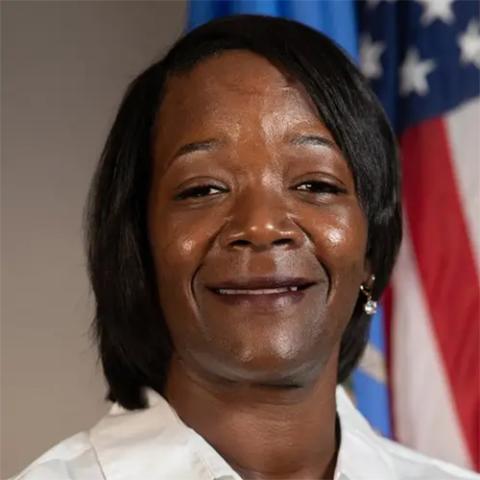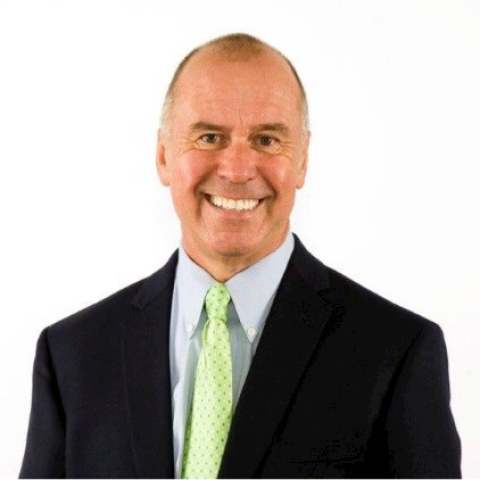Two years after leading pediatric organizations declared a national emergency in child and adolescent mental health, the situation remains alarming. Young people living with complex behavioral health conditions are of great concern. They may end up stuck in emergency departments for days or weeks awaiting an open treatment bed; cycle in and out of psychiatric hospitals; contemplate, attempt, or complete suicide; experience drug overdoses; face housing instability; and struggle to remain in school.
As the largest health insurer for children and adolescents, as well as the primary payer of behavioral health care in the country, Medicaid has a critical role to play. Under the Early and Periodic Screening, Diagnostic, and Treatment (EPSDT) benefit, Medicaid must provide all medically necessary and covered services for members under age 21.
With the support of a national advisory board of expert clinicians and researchers, as well as a youth advisory board organized by Youth MOVE National, we spent a year identifying what is working and what is not to address the behavioral health crisis among children and youth living with complex behavioral health conditions.
Some Discouraging News
- Not listening to young people. Young people report that the current behavioral health system offers little of what they need in terms of support addressing social and economic issues (e.g., housing instability, food insecurity, racism, discrimination, stigma, and anti-LGBTQ laws and policies), connections to peers who share their experiences, and providers who truly listen to them.
- Families are struggling. Families report that they cannot secure services for their children. They have no option but to repeatedly call 911 or go to the emergency department. Children admitted to psychiatric hospitals too often are discharged without a viable safety plan. In some states, parents are advised to relinquish custody to get children the help they need.
- States are lacking critical services and supports. Across the country, state Medicaid programs do not consistently cover a robust continuum of services and supports for young people and their families. Common gaps include prevention and early intervention programs, crisis services for children and youth, and intensive home- and community-based services tailored to the needs of young people.
What Works?
Young people and their families are eager to address the situation, and there are effective strategies available as evidenced by the changes underway in many states. Key strategies being employed by leading states include:
- Developing a clear vision and plan for addressing the crisis. The states leading the way have developed urgent, comprehensive responses rooted in the expertise of young people and their families. These states also bring together the agencies responsible for health care, child welfare, criminal justice, and education, and avoid one-off or overly simple solutions.
- Establishing a foundation of stable coverage and benefits. States can establish multiyear continuous eligibility for children and youth living with complex behavioral health conditions (or more broadly, for all children) using a Medicaid Section 1115 demonstration; strengthen benefits in the Children’s Health Insurance Program to match the robust services guaranteed in Medicaid; and take up new federal options and requirements to improve coverage for young people involved in child welfare and the juvenile justice system. States can establish or expand Medicaid home- and community-based services waivers for young people living with complex behavioral health needs to keep children in the home and avoid the need for parents to relinquish custody.
- Focusing on prevention and early intervention. States can leverage Medicaid to promote screening and follow up for behavioral health conditions, as well as provide behavioral health services to young people without diagnoses preventively. Under recent federal guidance, Medicaid agencies have new opportunities to integrate behavioral health services into schools. They also can pay for coordinated specialty care, a key intervention for first episode psychosis that can reduce the development of serious mental health conditions in young people.
- Establishing a robust continuum of care. The continuum of care should include outpatient services like medication management, but also intensive home-based services and care coordination, child and youth-specific crisis services, and flexible services and supports for young people and their family members. These should include respite care and family-to-family support for parents and caregivers, and flexible funds to meet the unique needs of individual young people (e.g., a group art class or a traditional tribal activity). The continuum should also include prevention, screening, and early intervention programs, as well as services that address health-related social needs like food and housing support.
- Addressing the emergency department boarding crisis. States are making progress on the emergency department (ED) boarding crisis by using data to identify which young people are most likely to get “stuck” in the ED; promoting diversion through crisis services and family education; allowing direct admission from communities to inpatient facilities without ED visits; and establishing bed tracking tools to connect young people to treatment spots more effectively. While young people are in EDs, some states are ensuring they receive active treatment instead of simply waiting for an inpatient hospital or residential treatment bed.
These and other strategies, including a proposed comprehensive, youth-specific continuum of care and efforts to address the workforce challenges that underlie much of the crisis, are discussed in more detail in the report, Leveraging Medicaid to Support Children and Youth Living with Complex Behavioral Health Needs: Framework and Strategies.








